Some aspects of the Kotchandpur Baluhar project
We are visiting the Kotchandpur Balhar Project. Kotchandpur is an old upazila which was formed as a police station in 1772. Nothing is known about the origin of its name.
Advertisement
The house of the religious person was built like a city around it. During the reign of Emperor Jahangir, a wall was built to protect it from the rebel Baru Bhuiyalongitude. To the north is Jhenaidah Sadar Upazila, to the east is Kaliganj Upazila, to the south is Maheshpur Upazila and to the west are Jibannagar Upazila and Jhenaidah Sadar Upazila of Chuadanga district.
Advertisement
We friends had a lot of fun. Once upon a time, there was no village or human settlement in Kotchandpur. This place was in the river. It was surrounded by water bodies like canals, beels, baors etc. on all sides. This shows that this place was the confluence of several rivers.1 About four and a half thousand years ago, Jessore or Kotchandpur was submerged in the sea.2 If we examine the geographical aspect, we see that Bangladesh is the largest delta in the world. And the function of the shores of the Bay of Bengal, the southernmost vast body of water in Bangladesh.
Advertisement
4 In the fifth century AD, the island was formed from the vast body of water of the Ganges. 5 Over time, the water released from the Himalayan snows fell into the Ganges River, and the vast body of water flowed south through the Padma River and merged with the Bay of Bengal. In this way, due to the flow of mountain streams for ages, the char land was created and the sea began to move south. At the beginning of the creation of the char land, it was filled with forests. The Kotchandpur area was part of Bak-Dwip.
Advertisement
Approximately three to three and a half thousand years ago, during the Rigvedic period, the remaining areas of this country, the "Di" or "Dwip", were swamps. The forest area was vast. It is said that there were no settlements. Navin Chandra Das in his book "Ancient Geography of Asia". The Ganges delta, which is made up of alluvial soil, gradually turned into forest land and people start Ganges delta, which was covered with dark and forested Keya forests and full of natural beauty and suitable for charming living, was the first place where human settlements were established. Because the Ganges delta is a part of Bengal, it is known as Sub-Banga in ancient books. It is naturally conceivable that the forested Keya forests at the confluence of the rivers are the present Kotchandpur.
Advertisement
Which It was part of the Bengal Peninsula. This peninsula is a large island. At one time, it was a group of many islands. All the islands are formed from the alluvial soil of the Ganges. Before the invasion of Bengal by Ikhtiyar Uddin Muhammad-bin-Bakhtiyar Khilji, Nabadwip was the second capital that Nabadwip is made up of, Kotchandpur is part of Suryadwip. The ancient name of this island was Yogindra Dwip. Valuable information is available about this island. That information is: King Ballal Sen of the Sena dynasty was fascinated by the appearance of a low-caste woman and took her as his wife.
Advertisement
For this reason, when Lakshman Sen protested, Ballal Sen exiled his son due to the evil counsel of that woman. A few days later, Ballal Sen entered the inner palace for a meal during the rainy season and, seeing an ancient verse in the dining room, remembered Lakshman Sen and repented. He called the royal sailors and announced that if anyone could bring his son before sunrise the adventurous royal sailors named Surya agreed to this task. He set off in a fast-moving dinghy and completed the task on time.
Advertisement
Impressed by this, Ballal Sen gave him the part of Yogindra Island that he had gifted to him as a reward for his achievement, which was Surya Island. This area is known as Surya Island. This island was the home of fishermen. The fishermen lived in isolation. And the ruler of the fishermen was called Surya Raja. The Kotchandpur area was considered an extension of the Sundar Forest. The Keorapa area during low tide. Gradually, the Keora tree reached maturity and filled the forest. This tree grew very big.
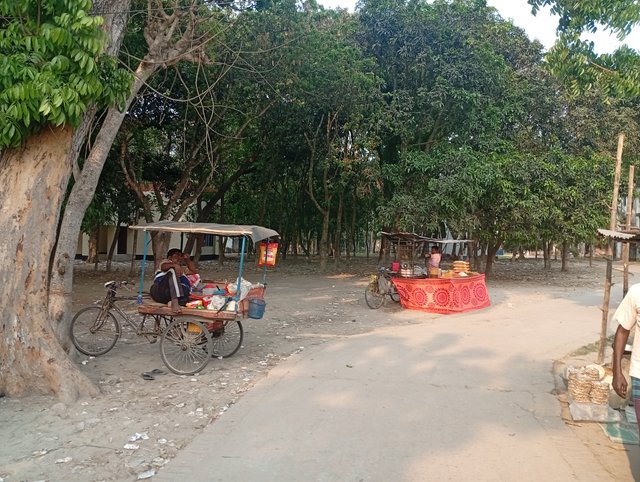
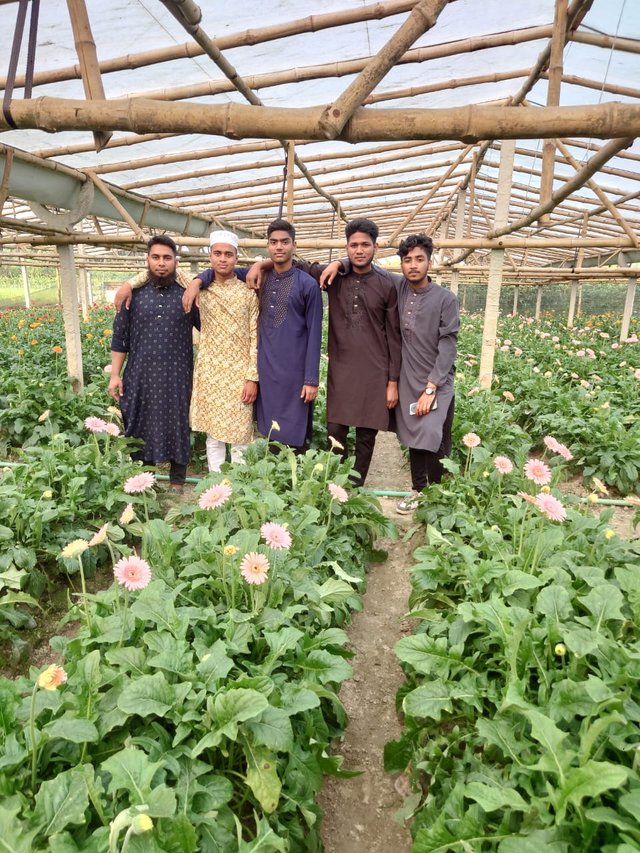

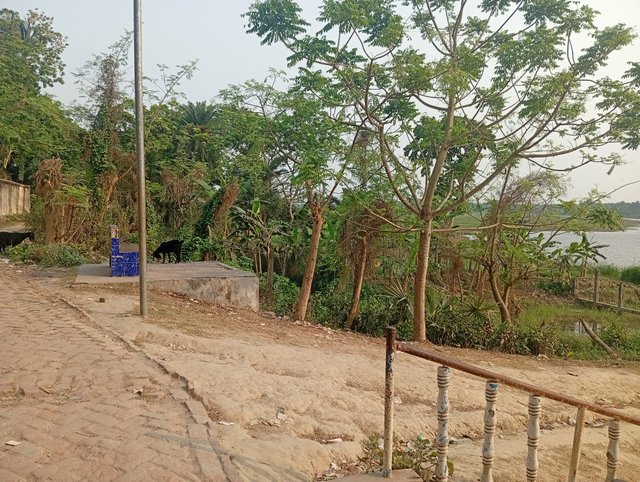
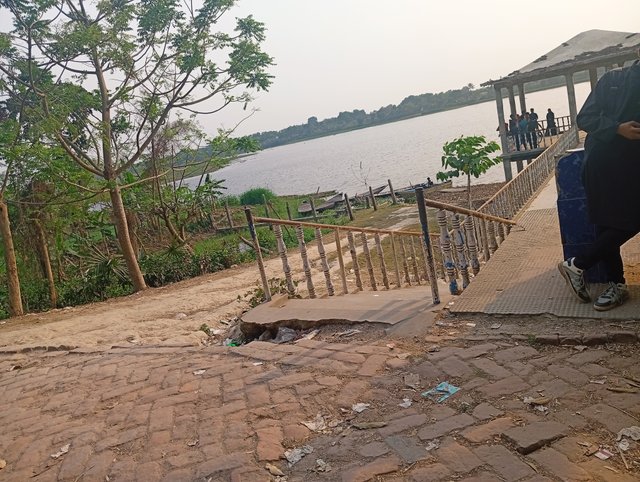
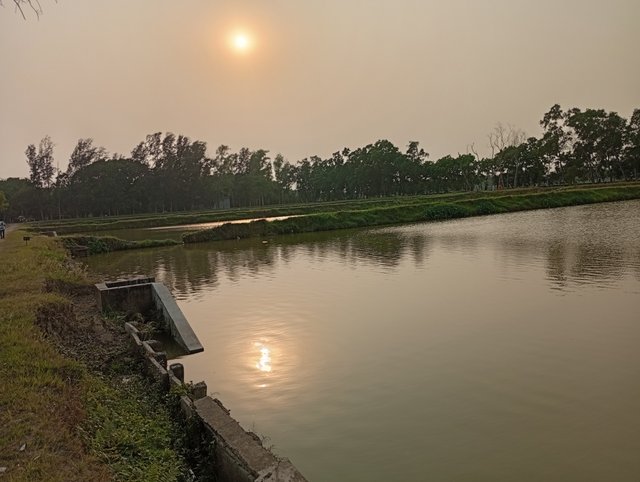
Hi, Greetings, Good to see you Here:)